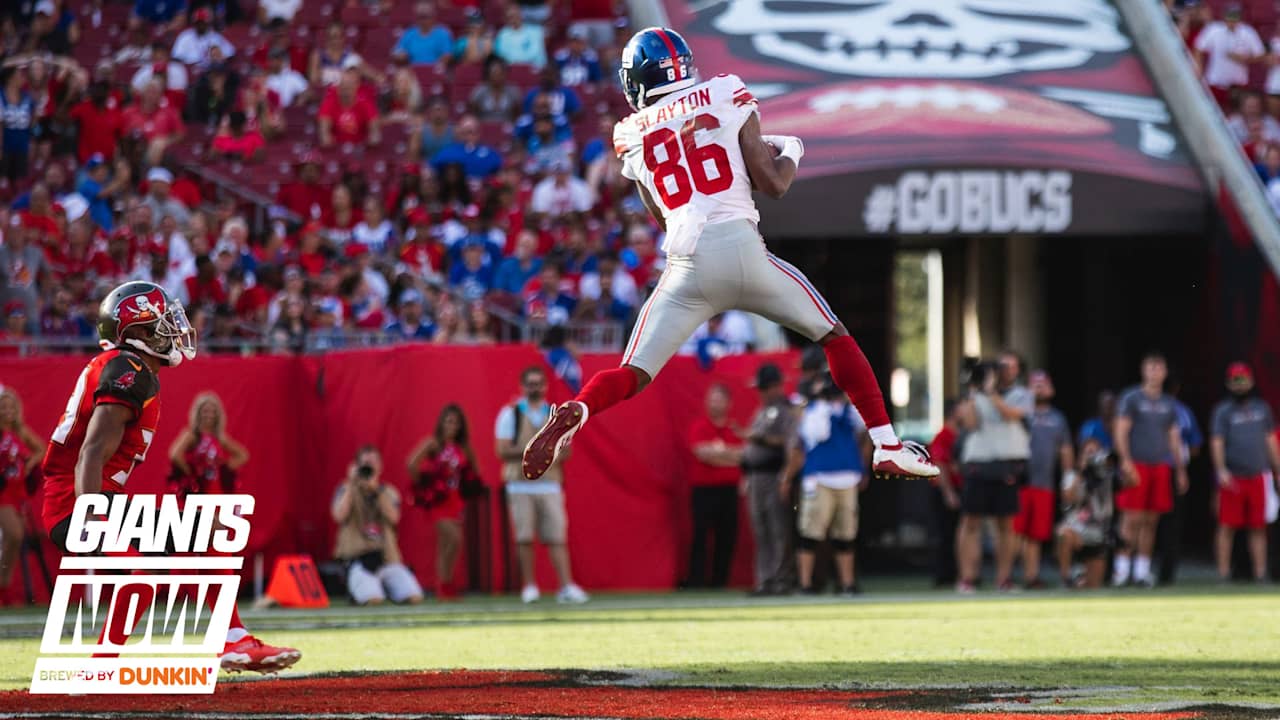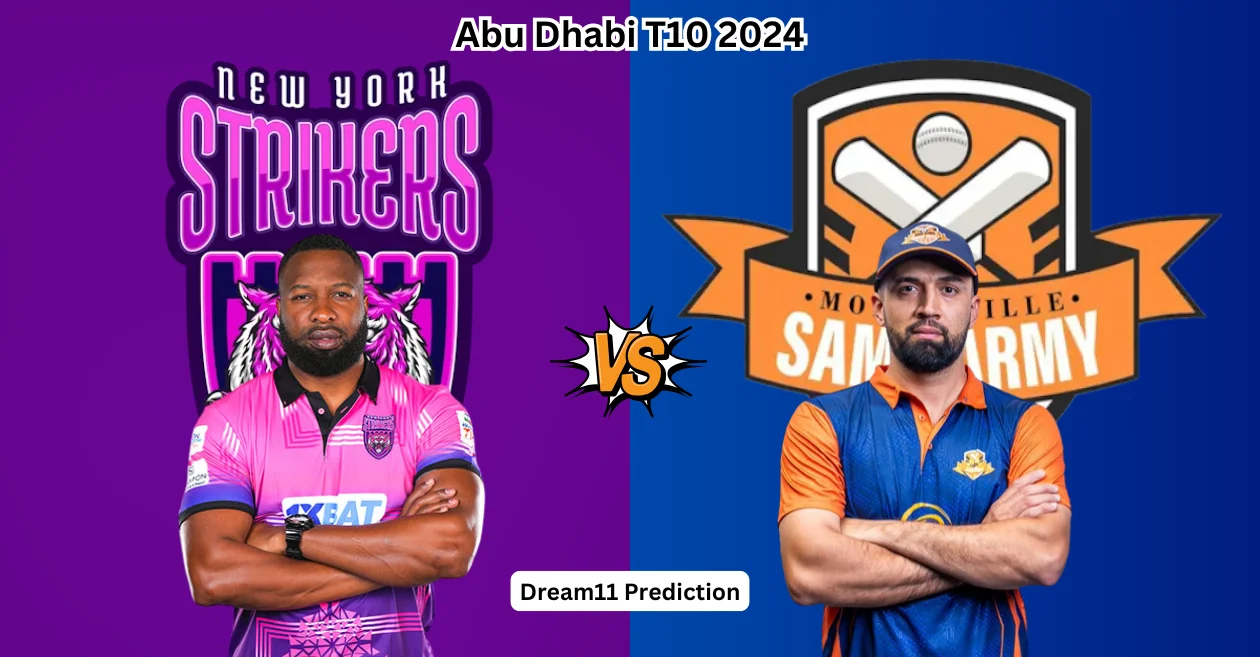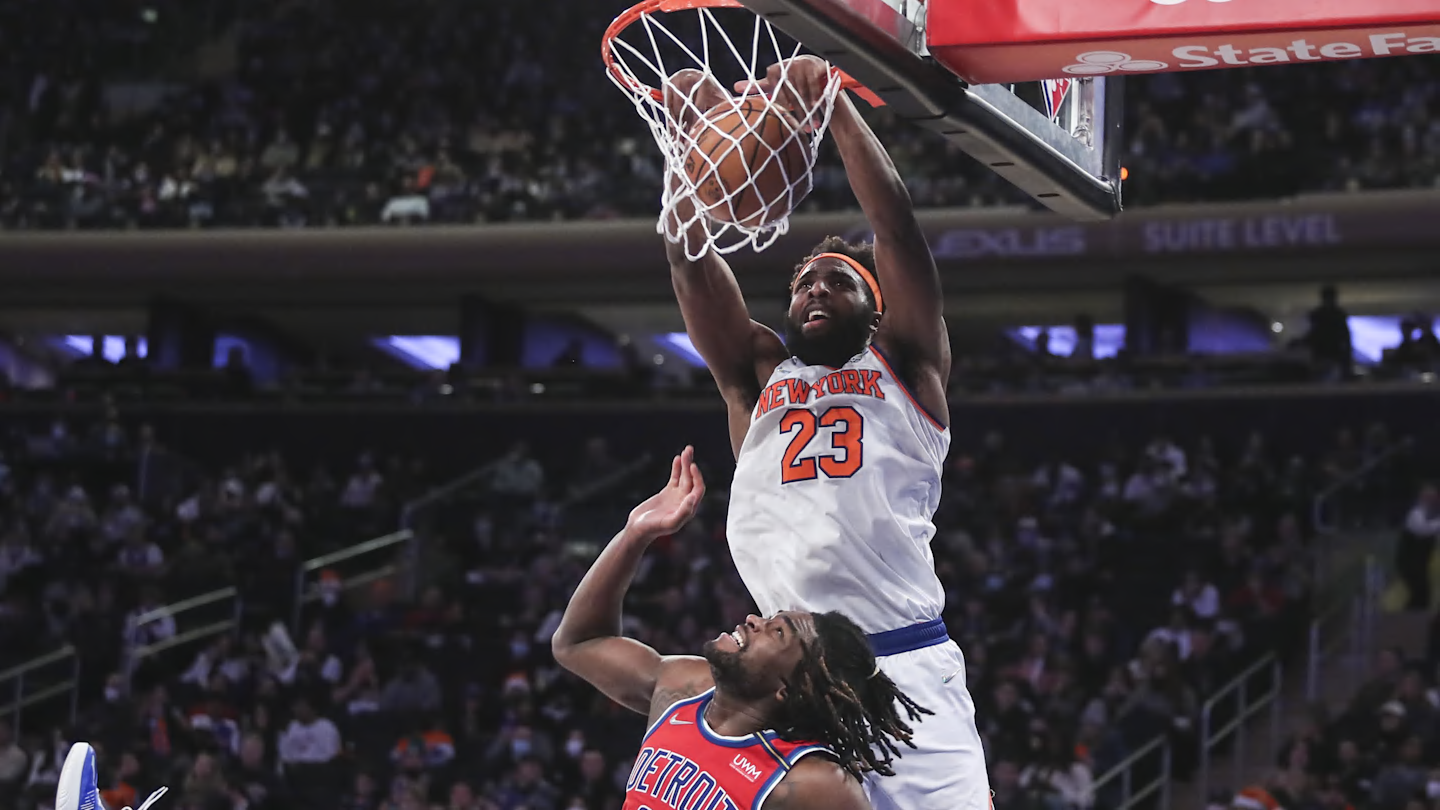NBA
Kristaps Porziņģis and Daniel Gafford are latest ex-Wizards to find themselves in NBA Finals

BOSTON — Who else is here to grill Kristaps Porziņģis and Daniel Gafford about their days together in the “Bus Depot”; aka, their time with the Washington Wizards?
No one? Anyone? Bueller?
A bus depot is an important way station for many people. It takes you from where you’ve been, and maybe where you no longer want to be, to whatever and wherever your future is. A better version of yourself, maybe. Everyone can start over after they alight in a new town. And at ages 28 and 25, respectively, Porziņģis and Gafford have become key members of championship-caliber teams, after toiling on less-talented Wizards teams.
A year ago, Porziņģis and Gafford were the starting and backup centers in Washington, on a 35-47 team going nowhere, going against each other in practice at the Entertainment and Sports Arena in Congress Heights.
But after last summer’s three-team trade with Memphis and Washington sent Porziņģis to Boston, and a trade deadline deal last February with Dallas and Oklahoma City sent Gafford to the Mavericks, they’re here in the NBA Finals with a ring at stake.
“Gaff is dangerous because he’s so eff’in explosive,” Porziņģis said to The Athletic Wednesday. “If you’re late, you’re in trouble. And that’s the thing with him. He can get up like few guys can in the league. And guarding that is dangerous.”
Either Porziņģis, back from a calf injury suffered in the first round against Miami and set to return for Game 1 against Dallas on Thursday, or Gafford will win his first NBA championship. In doing so, they are continuing a modern NBA finals tradition: ex-Wizards shining on basketball’s biggest stage.
Last year, a trifecta of former Wizards — Kentavious Caldwell-Pope, Jeff Green and Ish Smith — won it all with the Nuggets. It was KCP’s second title, having won a ring in the Orlando Bubble with the Lakers in 2020, along with Jared Dudley, a Wiz alum from the 2015-16 season, JaVale McGee, a former first-round pick (2008) in D.C. and Markieff Morris, who played parts of four seasons with the Wizards between 2016 and 2019. And who could forget Dwight Howard’s nine Wizards games in 2018-19?
In 2021-22, Otto Porter, the Wizards’ first-round pick in 2013 and the third pick in the draft that year, got a ‘chip with the Warriors, as did cup-of-coffee ‘Zards Chris Chiozza (2019) and Gary Payton II (parts of two seasons between 2018 and 2020). The year before that, it was Milwaukee’s Bobby Portis, whose time at the Wiz Café in 2019 was slightly longer (28 games) than Howard’s had been.
In 2019, it was Jodie Meeks with Toronto (2017-18 Wizards) who got his bling; in 2017-18, it was Nick Young (for Nick Young’s sake!) with the Dubs, a decade after the Wizards took him 16th in 2007. Former Washingtonians McGee and Shaun Livingston (two stints in D.C., in 2010 and 2013), won their second rings with the Warriors that year, after getting championship hardware with Golden State the season before.
You have to go back to the LeBron James/Kyrie Irving/Kevin Love Cavaliers of 2015-16 to find a team without an ex-Wizard on the roster. But that team was coached by Tyronn Lue, who was a vital piece of the MJ-era Wizards as a player from 2001-03! And Livingston got ringed with Golden State’s first championship team, in 2014-15.
So, that makes a decade of people who became the best version of their NBA selves … after leaving D.C.
It’s not them. It’s us, right?
Not necessarily.
Porziņģis and Gafford both came to D.C. as talented — though seemingly limited — players. Gafford had played with great energy at times in Chicago, but he wasn’t in ideal shape and struggled to defend without fouling. Porziņģis was coming off of years of injuries in New York and Dallas, and couldn’t find common cause and ground with Luka Dončić. But each used his time with the Wizards to hone what they were really good at and scuttle the things with which they most struggled.
“I mean, going into a season, you always think we have enough talent to make the playoffs,” Porziņģis said of his season and a half in Washington. “So, that was the goal. It wasn’t, realistically thinking, of course, that we were a championship-caliber team. But making the playoffs, maybe making a push, it gives you motivation, you know? I think that was the mindset there.
“But, of course, understanding, if it’s going to happen here, it’s going to take some time. And be OK with that, also. In the end, it didn’t work out, and (I) got to a situation where it could happen right now.”
You could use whatever analogy you want to describe the difference for Gafford in going from the rebuilding Wizards to the dynamic Mavericks. It must be freeing for him to not have to concern himself any more with unending losing, or an uncertain future that comes when a team cleans out its front office, and has a mandate to sweep out the existing roster as well.
“It’s more like, with me, in all honestly, I felt, just, it was a lot of weight that was just lifted off of me,” Gafford told The Athletic. “Because I felt it was a situation that was going to be better for me, of course. But I hated to leave a team where I’d built a lot of relationships with. It was a good atmosphere, always, when I was in D.C. … one door closed and another door opened for me.”
Both have been natural fits in their new environments. The issue, as ever, in Washington isn’t that assorted front offices haven’t brought in good players over the years. The Wizards have, simply, lacked the one or two true superstars who allow everyone else on a team to fit in their natural, best roles. They had two, briefly, in Gilbert Arenas and John Wall. But, they both got hurt and never were the same afterward. Bradley Beal was the closest thing to a superstar that Gafford and Porziņģis played with. But now Beal is the third option in Phoenix, behind Kevin Durant and Devin Booker. That’s not a criticism. It’s just where he’s probably his best self.
To wit: Gafford is the same shot-blocking, lob-catching role player he was during his three-plus seasons in Washington. He’s just catching those lobs from Dončić and Irving. They tilt the floor every night, defenders falling into their gravity. That’s left Gafford able to close key games for Dallas at both ends of the floor, as he did in Game 3 of the Western Conference finals against Minnesota.
He and rookie Dereck Lively II have solidified Dallas’ defense at the rim as the Mavs have had the best defense in the league the last two months. Gafford has been able to stay on the floor despite having to guard the likes of OKC’s Chet Holmgren and Minnesota’s Karl-Anthony Towns in the last two rounds.
“I would just say I’ve been the same version (of himself) throughout my whole career,” Gafford said. “There’s times where I’ve tried to expand, and just show what else I’m capable of. But I just made it easy on myself: setting screens, and just running to the basket and catching lobs.”
In Dallas, when he was paired with Dončić, and in New York, which drafted him fourth in 2015, the burden was probably too much for Porziņģis. He is a good, and occasionally very good, player. But he is not a franchise-level superstar. But in Boston, as a third option off of Jayson Tatum and Jaylen Brown, rarely seeing double-teams, Porziņģis can beast defenders at the elbows, or grab the occasional duck-in at the rim.
Here, when Boston is at its best, the Celtics relentlessly hunt mismatches, often leaving Porziņģis wide-open for practice 3s. And here, with quality defenders as capable as Jrue Holiday, Derrick White and Brown surrounding him, Porziņģis doesn’t get caught on islands defensively. He can concentrate on protecting the rim, which he became very, very good at with the Wizards.
But he also developed a maturity while in Washington.
He leaned into the stats he was shown by Žanis Peiners, his former teammate on the Latvian national team, who Porziņģis hired as a personal coach of sorts before the 2022-23 season in Washington. Porziņģis came to trust what he heard from then-Wizards assistant coach Dean Oliver, whose seminal work in advanced statistics made him a pioneer and avatar in the NBA analytics community. And Porziņģis became a wildly efficient player in the Wizards’ half-court offense.
“I think I started to build my way back up, my post game and my elbows, and free-throw postups, that summer,” he said. “Once I got (back) Washington, I started to look at my numbers realistically — like what am I good at, what am I not good at. And then, building up throughout the summer, and really increasing my efficiency. The key was that Peiners came into the picture, and he was kind of the one who gave me real feedback on where I needed to improve, and that was the flip for me.”
You may see less of Gafford in the Finals. Dallas’ post defense is excellent with him and Lively. But paint points are, if not irrelevant to the Celtics, not what they focus on. They force defenses into multiple rotations before ultimately getting what they want: one of their many capable 3-point shooters with an open look. So, the Mavs may not be able to play both Gafford and Lively together, as they could in throttling the Wolves’ post-ups and drivers. Lively is more versatile defensively in space and in closing out to perimeter shooters.
But, at some point in the next two weeks, Porziņģis will get the ball at the elbows, or the foul line, with Gafford on him. Or, Gafford will go skyward as the roll man, with KP the last line of defense. A year ago, they sharpened each other’s games in obscurity, on a bad team. Now, the whole basketball world will be watching.
“For sure, you can be aggressive (against Porziņģis),” Gafford said. “Just don’t be too aggressive when he does his little sweeper move. That’s his thing.
“I used to hate that in practice. Every time I touched him, it was a foul.”
(Photo of Daniel Gafford and Kristaps Porziņģis: David Sherman / NBAE via Getty Images)










